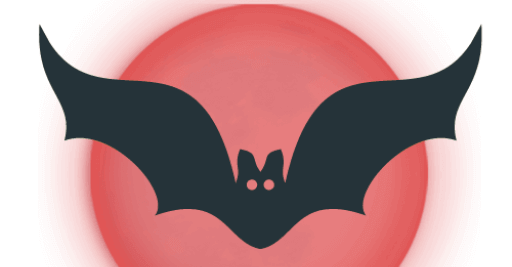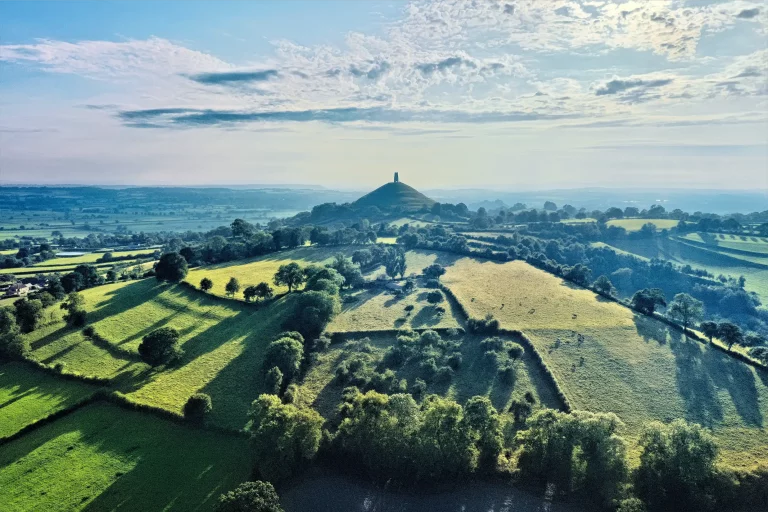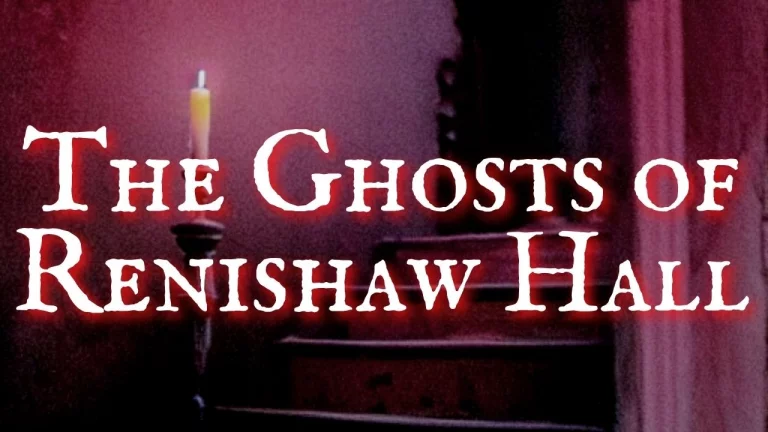Hawksmoor’s London Churches: An Occult Pentagram
From Hell
An exploration of the mythology of Hawksmoor’s London Churches connects us with Jack the Ripper, Freemasonry and Secret Societies and eventually good King Lud, who reputedly gave his name to London itself.
We must mention Alan Moore’s graphic novel, From Hell, made into a movie starring Johnny Depp which suggests that Jack the Ripper was killing prostitutes to conceal the birth of an illegitimate baby fathered by Prince Albert Victor, Duke of Clarence, and that he was a high level Freemason. The character who is the Ripper conducts a tour of London’s landmarks such as Cleopatra’s Needle and the churches built by Nicholas Hawksmoor saying they have occult significance. ‘Hawksmoor was no Christian,’ he says.
And so the Ripper kills women to feed these monuments with blood and the monuments are arranged in a pentagram across the city of London, with St Paul’s Cathedral at its centre.
Nicholas Hawksmoor the Architect
Known as The Devil’s Architect, Hawksmoor was born a farmer’s son in 1661. From 1684, he was a student of the famous architect Sir Christopher Wren and worked on key projects in London, including St Paul’s Cathedral. In 1711, Parliament wanted fifty new churches in London and Hawksmoor built six of them. Hawksmoor’s churches are unusual in style because instead of steeples they have obelisks and pyramids and pagan looking sacrificial altars. Of course the 18th Century had a strong interest in Egyptian themes and myths. A belief rose up that Egyptian architecture had mystical significance and this was embodied in the symbols of Freemasonry and occultism and so the Great Seal where the eye in the pyramid still appears on the US dollar bill.
You will recall that Hawksmoor’s London Churches were supposed to need to be fed with blood. So where did this idea come from?
Hawksmoor was certainly a Freemason, and the Freemasons like mysteries and they write in symbols and allegories. In the 18th Century, they were associated with the Illuminati and other organisations who claimed to have conveyed occult knowledge to modern times from its origin in Ancient Egypt. When reading the following extract from the Freemasons’ texts you might be forgiven for thinking human sacrifice was really carried out:
The temple is perfected on the killing of the architect. The masterword being withheld, his assailants strike the skull three times… The body is buried on top of a hill. The grave is a secret marked with a sprig of acacia.
We see it’s mentioned in Alan Moore’s Graphic Novel From Hell, published in serial form between 1989 to 1998, but the idea that these churches had occult significance has an even longer history
Peter Ackroyd’s Hawksmoor
In 1985, Peter Ackroyd published his award-winning novel Hawksmoor. It fictionalizes Nicholas Hawksmoor and calls the builder of seven churches in London Nicholas Dyer (not Hawksmoor) in the 18th Century. Dyer is a Satanist and makes human sacrifices at the church sites before building them. The story goes that in the 1980s a series of grisly murders are committed in these same churches. When they are investigated by detective Nicholas Hawksmoor, it seems that the buildings themselves require blood. When the detective Hawksmoor investigates the 1980s victims he finds they have died mysteriously, with no fingerprints left and no traces of the murder. As Hawksmoor stalks the church sites, he finds the shadows growing and the evil hunger of the buildings manifest themselves.
Lud Heat
But the idea that Hawksmoor’s London Churches have occult significance goes back further than 1985. In 1975, Ian Sinclair, a great London poet, published Lud Heat: A Book of Dead Hamlets. This really is a psychogeography of London in verse. In book one, Sinclair talks about Hawksmoor’s churches. Sinclair suggests that Hawksmoor deliberately planned his churches to form a pattern of power and that Christ Church, St George’s in the East and St Anne’s Limehouse make a triangle and with them St George’s Bloomsbury and St Alfege’s Greenwich form a ‘pentancle star’.
A triangle is formed between Christ Church, St George-in-the -East, and St Anne, Limehouse. These are centres of power for those territories; sentinel, sphinx-form, slack dynamos as the culture they supported goes into retreat. The power remains latent, the frustration mounts on a current of animal magnetism and victims are still claimed.
St George, Bloomsbury, and St. Alfege, Greenwich, make up the major pentacle star. The five card is reversed, beggars in snow pass under the lit church window; the judgment is disorder, chaos, ruin, discord, profligacy. These churches guard or mark, rest upon, two major sources of occult power: the British Museum and Greenwich Observatory. The locked cellar of words, the labyrinth of all recorded knowledge, the repository of stolen fires and symbols, excavated god-forms – and measurement, star knowledge, times of calculations, Maze Hill, the bank of light that faces the Isle of Dogs. So many spectres operate along these fringes;
Of course the pentancle or pentagram is a powerful occult symbol. Sinclair later said he made the pattern up and it doesn’t really exits, but the relationship of fact and fiction in this Haunted London is a strange one and it flows both ways. Fact creates fiction, but fiction then creates fact as we shall see.
The churches Hawksmoor built in London were:
St George in the East, Wapping
I will merely note that most of these sites are well within Jack the Ripper territory. Not St George’s Bloomsbury though, which has a strange atmosphere to me at least though a wonderful interior. I myself have noticed occult sigils drawn in chalk on the walls around this site. I wonder what’s going on?
King Lud
Lud is in fact the Celtic god known in early Welsh sources as Llud map Beli Mawr, which means Lludd son of Beli the Great. And Beli the Great in ancient British is Belinos. Though the Celtic root means shining, I harbour a theory that it is originally a Semitic word related to the Carthaginian God Baal, which in origin comes from a word meaning ‘lord’ (also seen in Beelzebub). Whether this god was brought to Britain by Carthaginian traders or the pre-Celtic inhabitants of Britain and Ireland spoke a Semitic language is unknown.
King Lud supposedly founded London and when he died was buried at Ludgate, near St Paul’s Cathedral. We see the pentagram of Hawksmoor’s London Churches has St Paul’s at its centre (which Hawksmoor worked on as an apprentice to Sir Christopher Wren), and St Paul’s was undamaged by the Nazi blitz that blazed through the area around it. So is St Paul’s built on the King Lud’s grave? And if so, was this site a site of power back into Celtic times as a cult centre for Lud?
Ludgate that leads up the hill to St Paul’s once had statues of King Lud and his sons on it. These are now in the porch of St Dunstan in the West on Fleet Street, nearby, if you want to see them.
A Note on Psychogeography
Official explanations of the origin and purpose of psychogeography can be found elsewhere, but to me it is about the ghost of a place. That’s the whole purpose of this blog in fact. Certain places pop and fizz with certain energy, whether the Dragon Energy of the stone circles or the energy that I personally feel in certain places like Glastonbury, Whitby or Cartmel, and many others. These places have attracted religion, myth, folklore and art. So psychogeography to me is the soul of a city, not just the buildings, not just the people, but the buildings, places, parks and people together. We don’t just experience things with our eyes and ears, we experience the deeper dreams of places, perhaps only when things go silent, or night falls, and ghosts emerge. Do we create them or do they exist when we’re not there? I don’t actually know still. And that’s why you come to these places: to find out.
Check out
NB: For a full, academic discussion of these issues, see David Ashford’s Article in the Literary London Journal, 2013, 10 (2)


